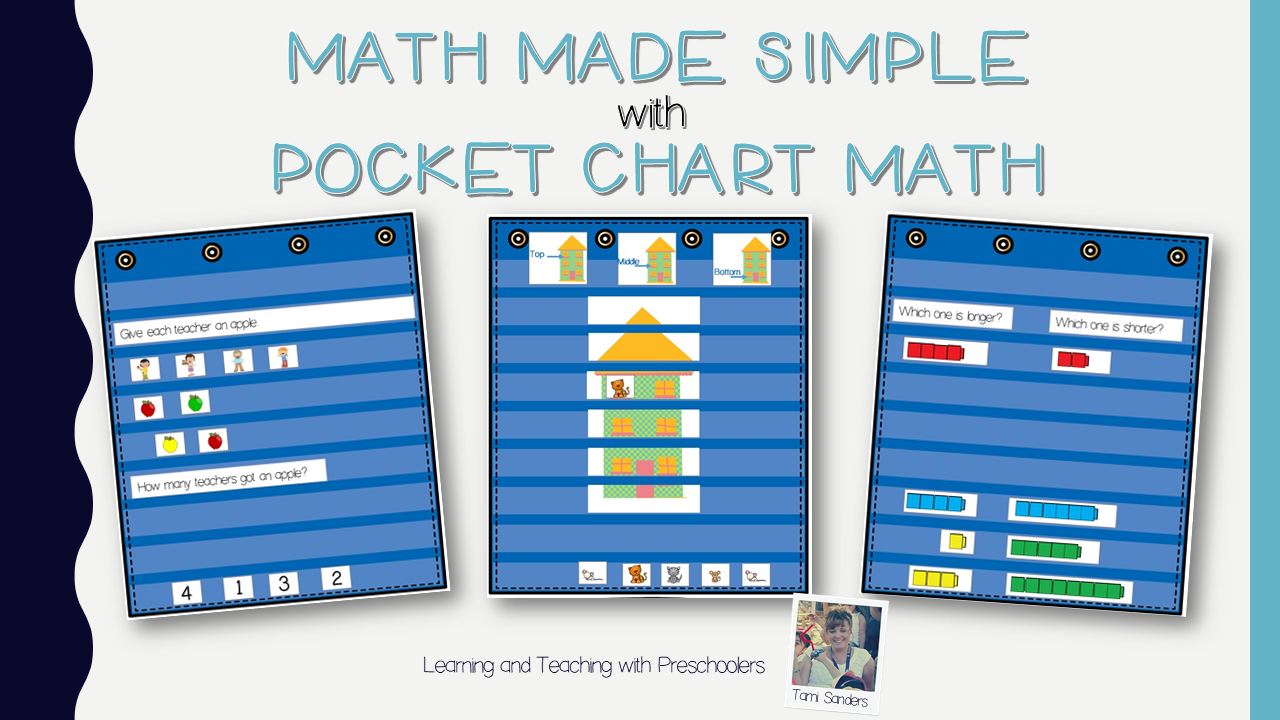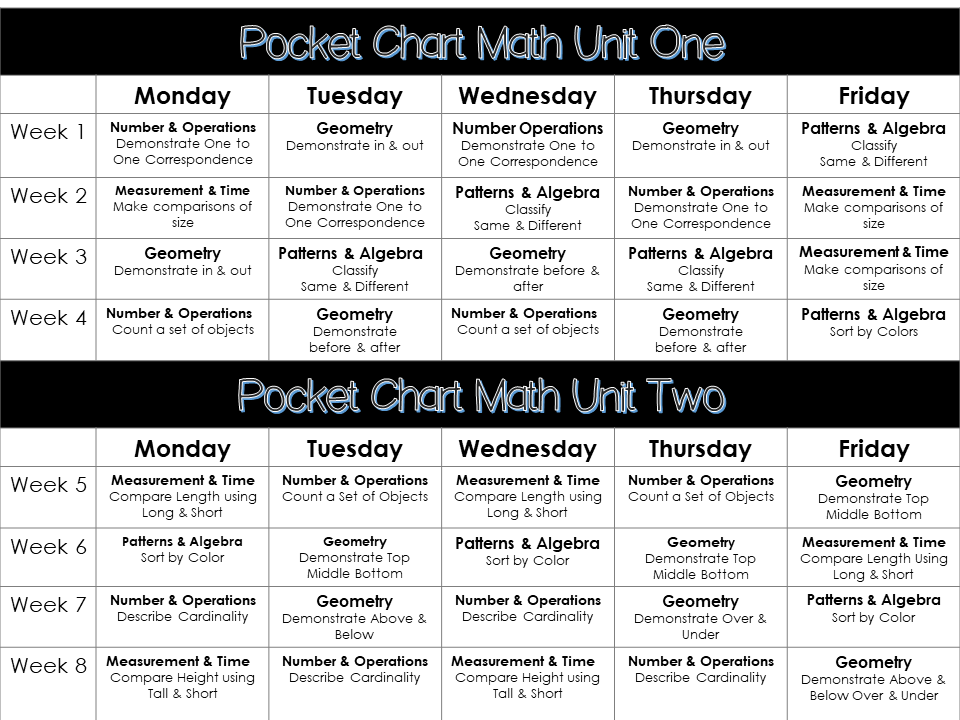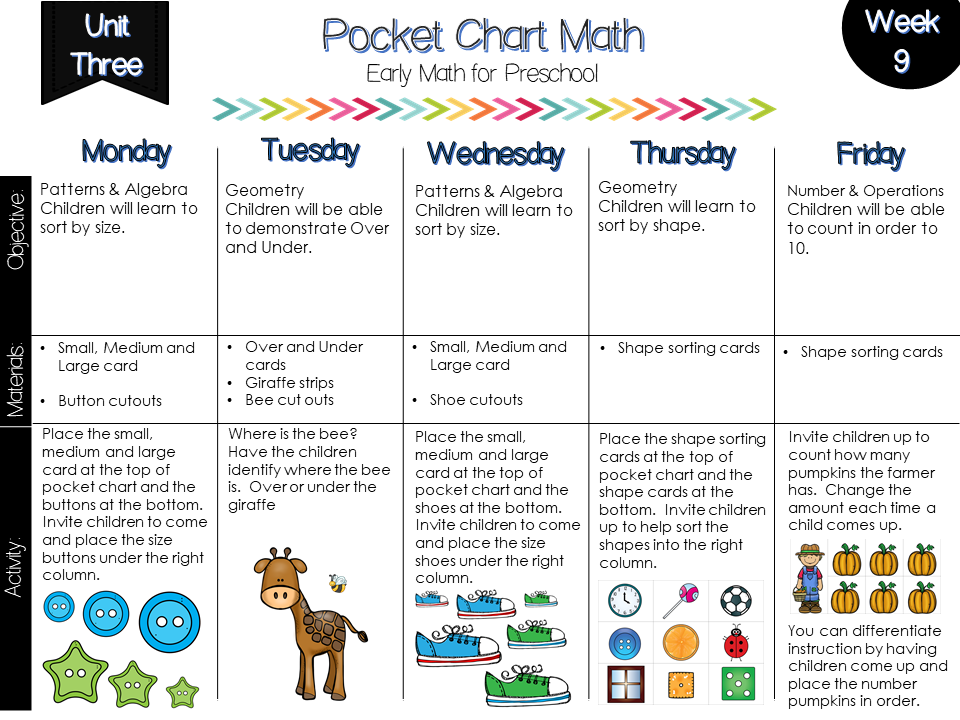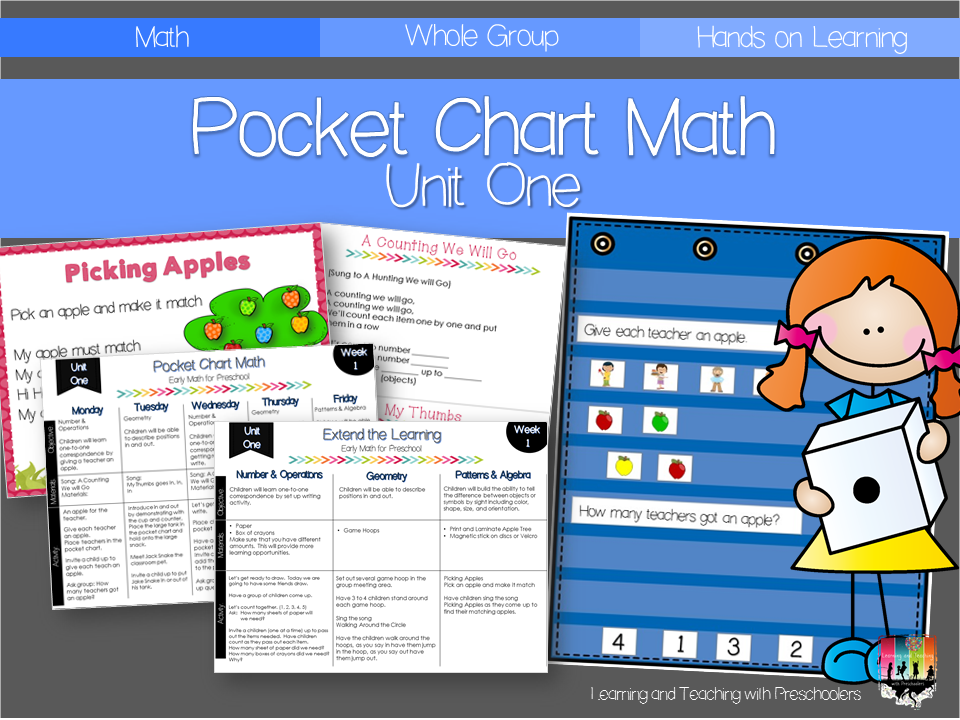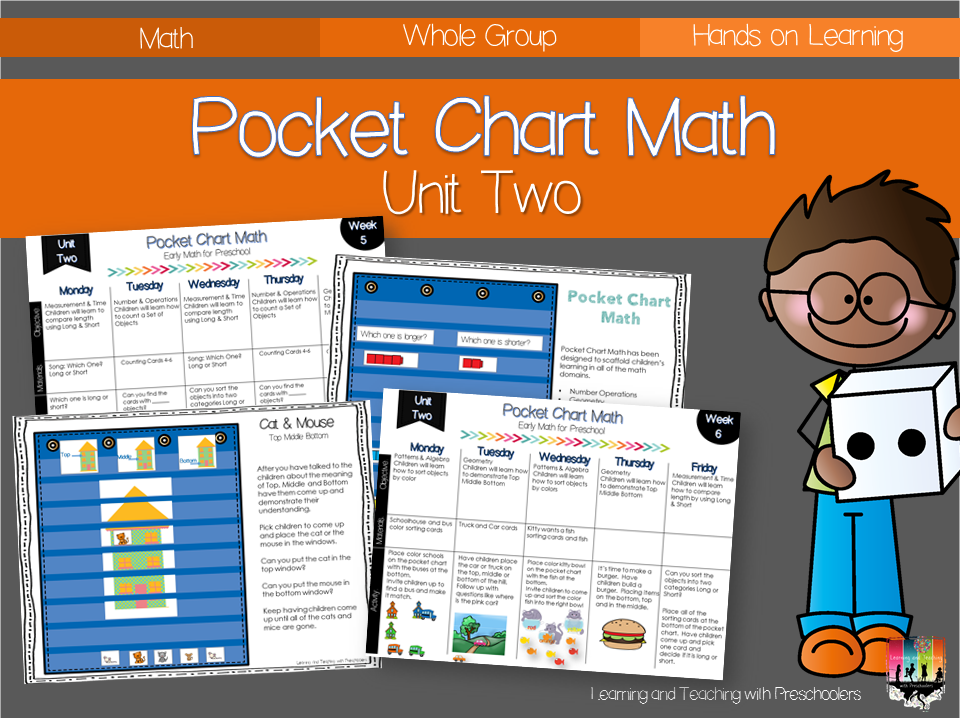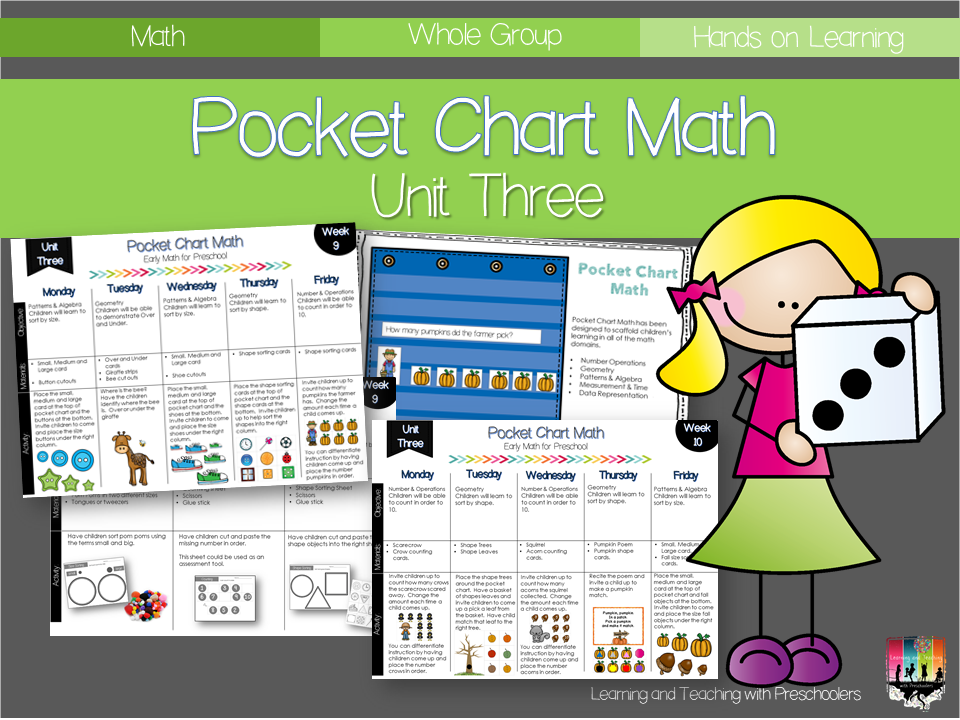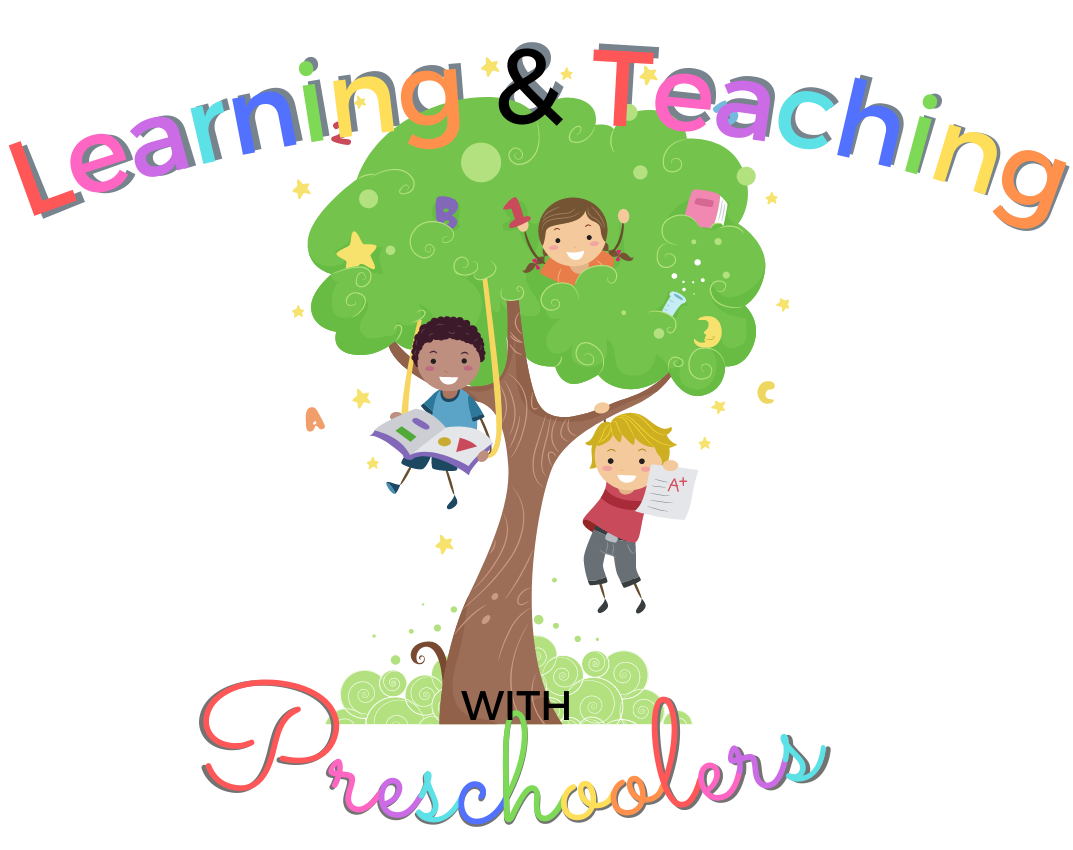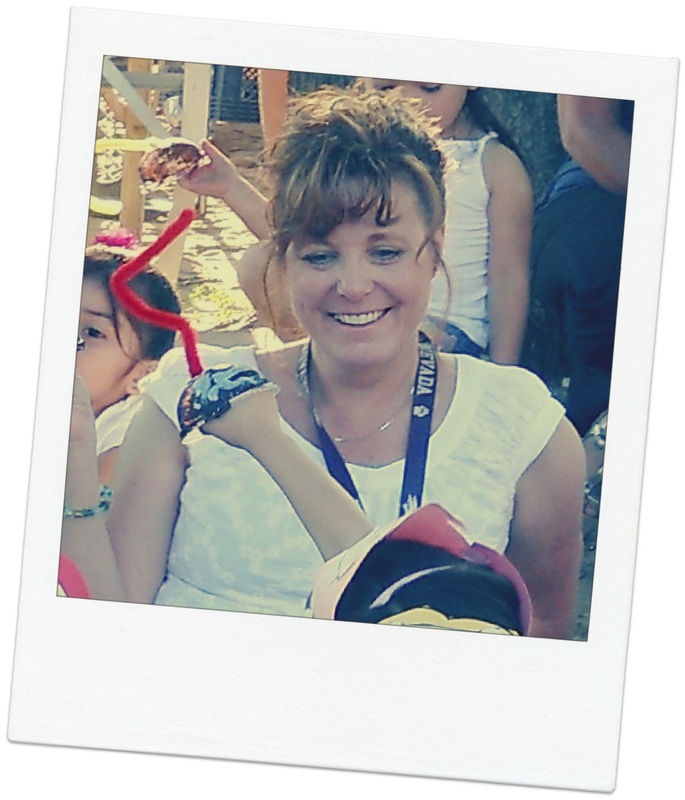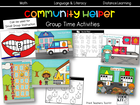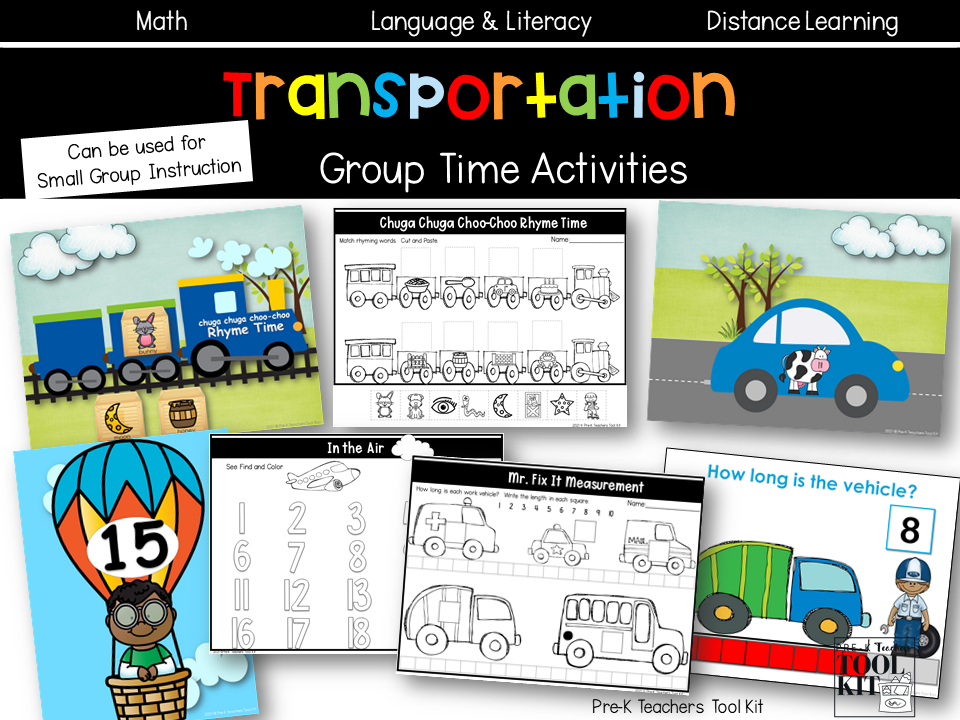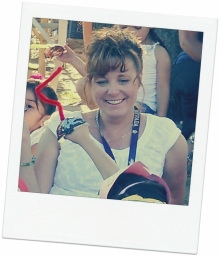|
Why Pocket Chart Math? I introduce my preschool children to pocket chart math out of necessity of finding a way to simply yet affectively introduce my young learners to early math skills. I needed to find a way that would be quick and keep my little learners attention and I also needed to incorporate a hands on way for them to practice the new skill. As I started using the pocket chart math in my class I found that the children where taking their new found knowledge and incorporating it into their play during center time. This was an ah ha moment for me. It showed me that I needed to be more attentional about how I introduced my little learners to math. That is why I created pocket chart math. What is Pocket Chart Math?
Math Concept Covered In each unit children will be given the opportunity to learn about: Number Operations: which includes numbers and their relationships, the development of counting skills, the understanding of quantities, recognizing ordering relations (which has more, fewer, or less), and a basic understanding of “adding to“ and “taking away” operations. Geometry: includes the study of shapes and spatial relationships, the child’s ability to identify, describe and construct different shapes, and to identify and label positions in space. Patterns and Algebra: includes the development of algebraic thinking and reasoning, the ability to sort, group, and classify objects by some attribute and to recognize, extend, and create patterns. Measurement and Time: involves comparing, ordering, and measuring things, the ability to compare and order objects by length, height, weight, or capacity; to use comparison vocabulary; and to begin to measure. Pocket Chart Math Pacing Guide Weekly Lesson Plan Lesson on Small Medium and Large Lesson on Over and Under Lesson on Counting in Order FREE Sample Week Give Pocket Chart Math a try in your classroom by downloading the FREE sample week. 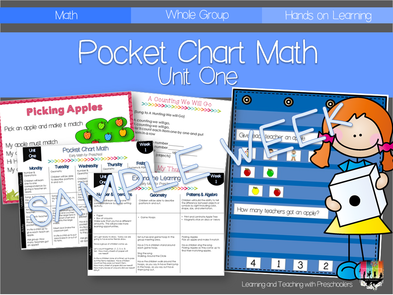
0 Comments
Leave a Reply. |
Welcome!I'm Tami Sanders creator of Learning and Teaching with Preschoolers, a blog to help teachers create magical moments for the young. Follow MeArchives
May 2024
|

